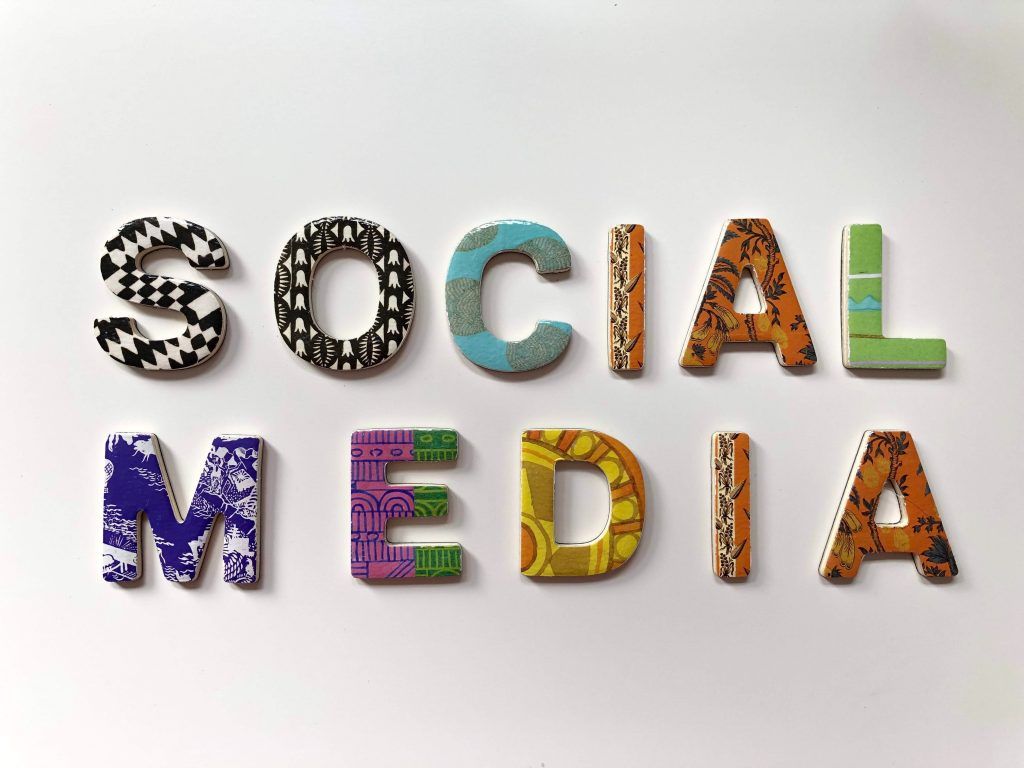
NSFW (Newly Safe For Work): An Introductory Guide To Social Media In The Workplace
Depending on how a company uses social media, it can either function as a set of productive communication tools, or a collection of time-wasting devices that divide a workforce, causing disagreements and disputes. To get the best out of social media, company directors should familiarise themselves with the various types and their typical usage patterns, as well as the problems that different kinds of platforms can cause in the workplace.
Depending on the social profile of the company, the industry, location, the average age and number of employees, the social media platforms of choice may be different – as will the nature of the claims and disputes that they can precipitate. Problems regularly associated with social media include issues from copyright, privacy, confidentiality, to bullying and harassment.
Crucially for employers, having an up-to-date knowledge of the fundamental workings of social media and usage trends within the company, can help to form the basis of relevant policies that protect all staff against any potential pitfalls.
The easiest way to conceptualise the various social media platforms is to categorise the different types as either public channels – like Facebook, Twitter and Instagram, where content is created and posted online – or private channels, applications such as Telegram , Facebook Messenger and WhatsApp, which are purely used for communication in the workplace.
This introductory guide to social media in the workplace – and the problems that may arise from the different types – therefore covers:
- Public channels
- Private channels
- Policy making and legislation
1. Public channels
This section covers both company-endorsed public-facing social media, i.e., the company’s official accounts, and personal social media, i.e. accounts belonging to individual members of staff. When used correctly, social media can help to build a brand, engage stakeholders, vend products and target new demographics and collect feedback from existing ones.
Many companies place a high value on their social media as a potential agent of business success, as it provides a means of operating at all hours, and on a global scale.

Areas in which problems typically arise in relation to public social media channels include:
Company-official social media.
In an ideal world, all company social media accounts will be managed with a strategy that facilitates their cohesive operation.
A given company may hold accounts on Facebook, Twitter, LinkedIn, Instagram, Tumblr, YouTube or SnapChat, for example, as well as using platforms like GoogleReviews or TripAdvisor.
The individual(s) or team(s) managing these accounts will usually work cohesively to develop guidelines and a ‘house style’ for the company’s social media presence.
Beyond helping employees speak authentically as one cohesive voice, having a social media policy for these accounts is necessary to ensure that all content complies with UK legislation.
For example, employees should be educated on how to reply to online discussions and/or comments. In most cases this will help reflect the company’s ethos and brand values, but most importantly it will ensure employees refrain from offensive language in any online discussions, to avoid claims relating to libel and defamation.
Establishing a working knowledge of copyright law and how it relates to image sharing and the wording of posts is also instrumental to avoiding any potential legal problems.
Posting from personal channels at work.
Platforms like Facebook, Twitter and Instagram have a particularly firm foothold in both personal and professional spheres of contemporary society. This means that, in addition to companies having an official profile, it is likely that employees will also use these platforms independently in their personal lives.
This can result in an unregulated social media culture in the workplace, whereby staff become disinhibited about using their personal social media accounts during the working day, leading to time-wasting and poor performance.
Creating inappropriate content on personal, public social media.
Irrespective of whether the posting is done at work or outside of work hours, content created or shared by staff on their personal channels may also precipitate various problems.
- For example, a member of staff may make offensive comments about the organisation or other individuals within it, or leak company information. Alternatively, the activities that staff engage in, and/or the way they represent them online, may be deemed inappropriate.
2. Private channels
When social messaging apps are used for internal communications, they can contribute to an informal style of communication, where staff from all departments and levels of seniority can communicate freely and efficiently.
- Examples of messaging apps which may be used in the workplace include work-specific channels such as Slack, Workplace by Facebook or Hive. Alternatively, workers may communicate through non-specialised social messaging channels, i.e. an official company WhatsApp group.
As with public social media channels, difficulties can be anticipated relating to the blending of the professional, social and personal in private communications. Other problems which may arise from communications via private channels include:

Inappropriate use of work-specific channels.
When considering either public or private forms of social media, it is necessary to be aware of the potential cleft between appropriate use of each channels and the various ways that it can be misused.
For example, by creating of extra-curricular conversational threads on a work messaging app, which are then used for the sharing of offensive or inappropriate material.
Dissemination of offensive content.
It’s important that employees understand that they ‒ and the organisation ‒ could be liable for claims related to bullying and harassment, in relation to privately circulated material that causes individuals or groups to feel victimised.
This remains the case where the content was shared on an official, work-related thread or in a thread created for social purposes by staff, or of which staff are members.
Breach of confidentiality.
This is relevant to employees handling confidential data during the course of their working day, and who use professional and/or social messaging apps to communicate with colleagues.
Sharing company information in the wrong thread, context and/or in such a way that it becomes leaked could result in disputes and claims.
3. Policy making and legislation
Ensuring that staff know how company social media policies relate to their use of both professional and personal social media is vital for preventing the potential problems that it can produce.
Clear guidelines regarding appropriate conduct should be set out.
This should include whether or not employees are welcome to create unofficial, social messaging threads, the level of access which employers will have to communications, and what constitutes appropriate language to use on social media in professional and private life.
Legislation which employers are recommended to consider in crafting a company social media policy includes:
- The Copyright, Designs and Patents Act 1988, to avoid problems relating to the content of company posts
- The Computer Misuse Act 1990, in particular to establish boundaries about using personal social media accounts at work
- The Human Rights Act 1998, to ensure that employees’ reasonable expectations of privacy are met
- The Data Protection Act 1988, to ensure that all social media activity is carried out with the safeguarding of confidential data in mind
- The Regulation of Investigatory Powers Act 2000, which sets out the kinds of surveillance which an organisation may legitimately use in relation to social media and internal communications
- The Equality Act 2010, an anti-discrimination and bullying policy which can help delineate how various social media behaviours could constitute bullying and harassment
- The Defamation Act 2013, which staff risk violating if they post libellous content, about the organisation, one another or members of the public
It is especially important for guidelines provided to set clear expectations about the use of personal social media channels, to avoid unintentional misuse giving rise to dismissals. These in turn can lead to disputes and claims, on grounds including unfair dismissal and/or privacy infringement.
© New To HR


